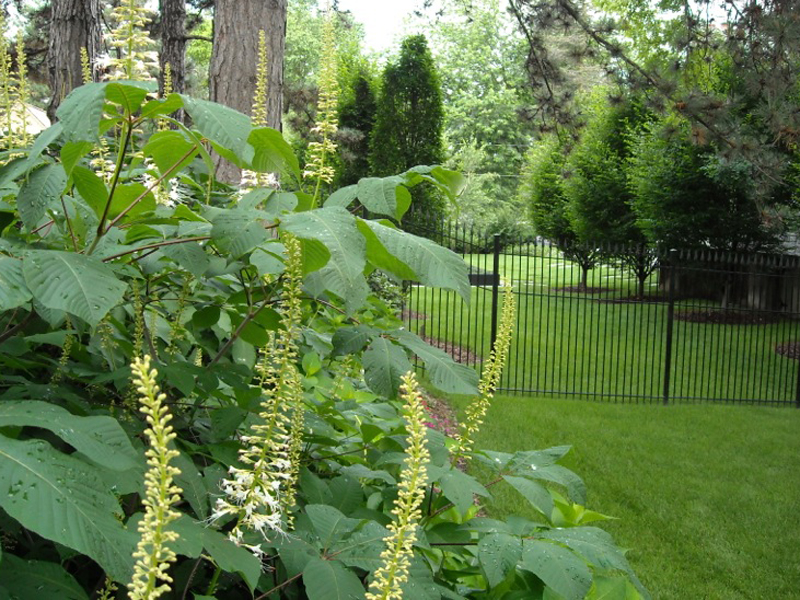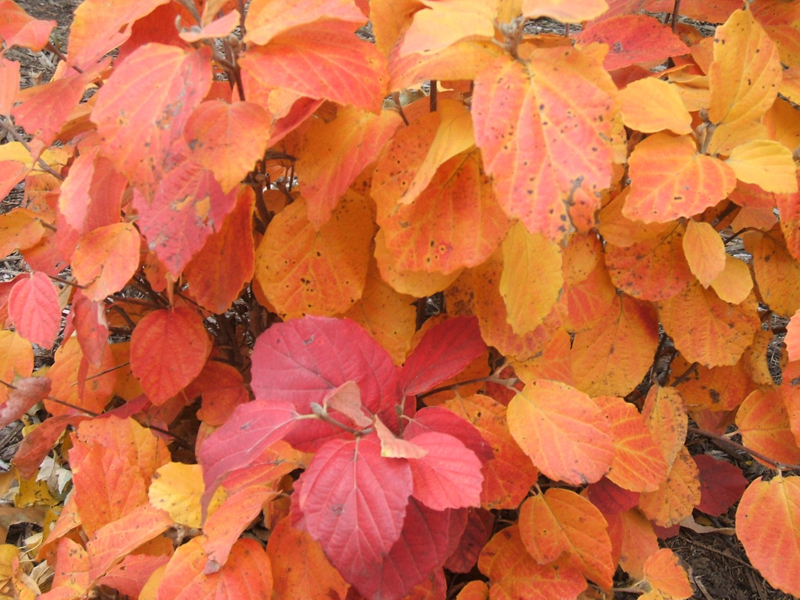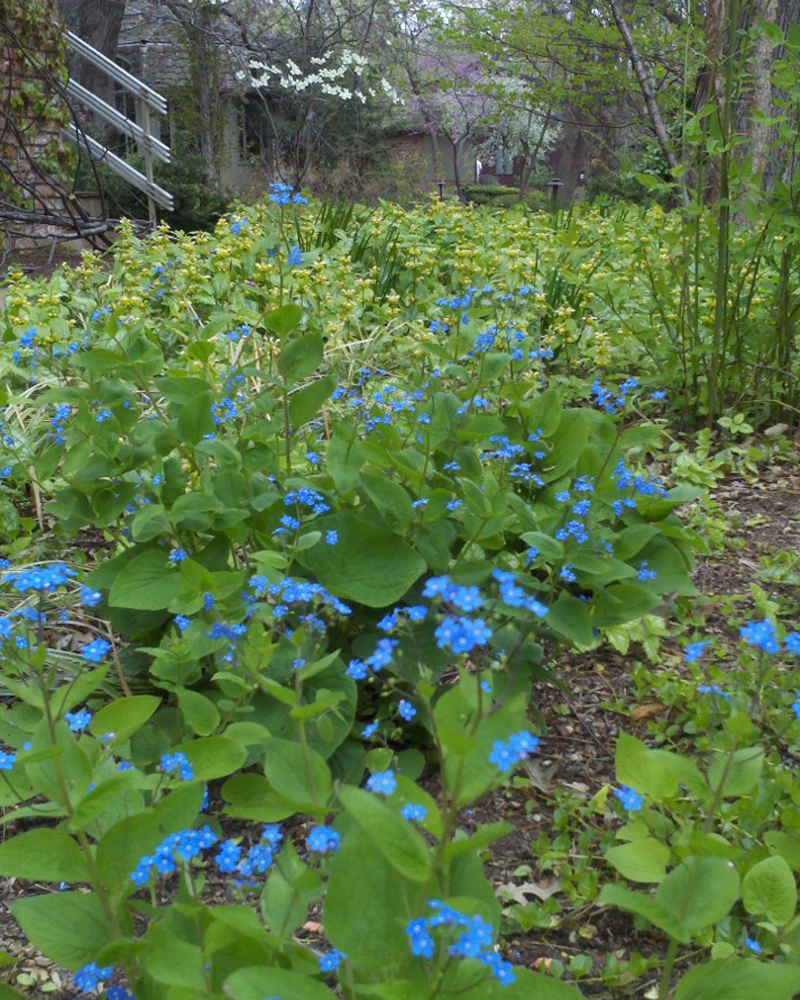Shade can be one of the most sought out attributes of a garden. Of course we have our collection of “stand-by” plants for shady conditions, but lets explore some options and expand the list a bit as plans come together for that filtered, shady, spot this season.

This plant should be grown in shade for the texture of its foliage alone. Its leaves are palmately compound – meaning leaflets emerge from a central point, like fingers from the palm of our hand. The intermingling of the coarse leaf texture of this shrub in contrast with the fine foliage of many other shade loving plants can be stunning together. It also blooms at a time of year when few other plants are in flower – June. The bloom is white, usually 8 to 12 inches long and cylindrical in form, hence the common name of Bottlebrush. A large shrub, that tucks in nicely as an understory plant, growing 8 to 12 feet high, with an equal spread. A sizeable shrub at maturity, yet a wonderful addition to any woodland.


A perennial with large, heart-shaped leaves and Blue Forget-me-not flowers. Blooming in April and May the flower brightens up a shady space as it rises above the foliage and mingles with the fresh, greens of spring. Prefers moist soils, fitting in nicely within a damp pocket of the shade garden.
As an aside- you’ve probably noticed that plants can have rather unusual names. For instance, where does the term Bugloss originate from? Well…with a bit of research, Bugloss is Greek meaning ox tongue. Speculation is that this plant was given its common name due to the shape and roughness of the leaf being a suitable comparison of an ox’s tongue. Not sure that tidbit of information falls into the category of stimulating dinner conversation, but still a fun fact to have at the ready just in case.
Now you know…There’s a Plant for That.
Exciting! New plants in the garden! But wait....now what? How much water? When? Quick considerations before watering: Sun & Shade - Although most may say that shade gardens need less...
Spring fills us with wonder. Not in the ‘feeling of surprise mingled with admiration, caused by something beautiful’ kind of way. More along the lines of ‘what can I plant in my empty...